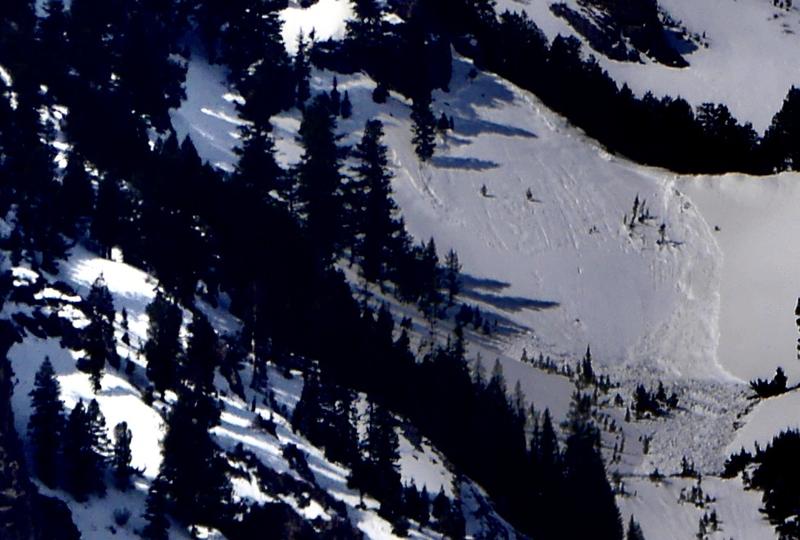Forecast for the Logan Area Mountains

Issued by Toby Weed on
Tuesday morning, March 29, 2022
Tuesday morning, March 29, 2022
Dangerous wet avalanche conditions exist, and there is CONSIDERABLE danger at mid and upper elevations on northerly facing slopes steeper than 30°. Natural avalanches are possible, and people could trigger dangerous wet slab avalanches up to three feet deep and a couple hundred feet wide. Loose wet avalanches entraining large piles of saturated snow remain possible in steep terrain at all elevations. Below freezing temperatures are expected tonight in the mountains, which will help to stabilize the loose wet snow.
*Careful snowpack evaluation, cautious route-finding, and conservative decision making are essential for safe backcountry travel.

Low
Moderate
Considerable
High
Extreme
Learn how to read the forecast here








